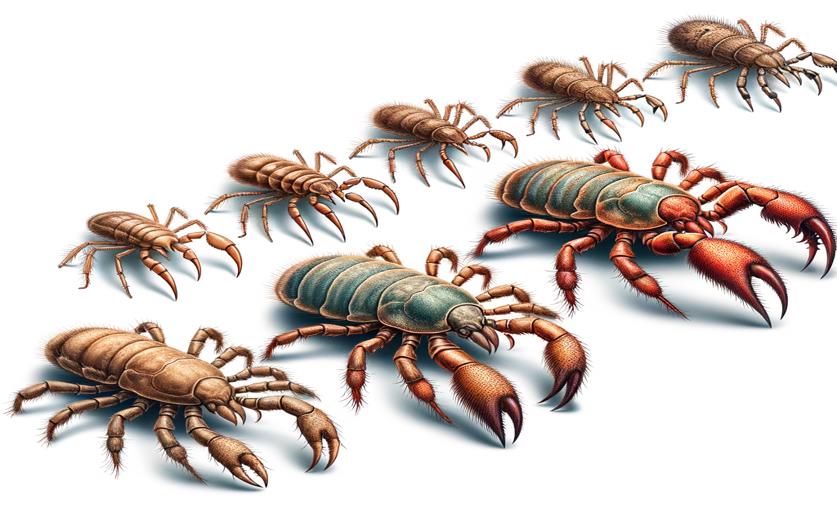
Evolving Claw Shapes in Scavenging Mites
Greg Howard
17th April, 2024

Image Source: Natural Science News, 2024
Key Findings
- The study examined three species of astigmatan mites to understand their feeding adaptations
- Tyrophagus putrescentiae does not represent an intermediate feeding form between Carpoglyphus lactis and Glycyphagus domesticus
- Factors other than basic physics influence the shape of mite mouthparts, suggesting a complex evolution of feeding mechanisms
EcologyAnimal ScienceEvolution
References
Main Study
1) Transitional chelal digit patterns in saprophagous astigmatan mites
Published 15th April, 2024
https://doi.org/10.1007/s10493-024-00907-6
Related Studies
2) Plant-feeding and non-plant feeding phytoseiids: differences in behavior and cheliceral morphology.
3) Cheliceral chelal design in free-living astigmatid mites.
4) When Does Form Reflect Function? Acknowledging and Supporting Ecomorphological Assumptions.



 18th March, 2024 | Jim Crocker
18th March, 2024 | Jim Crocker